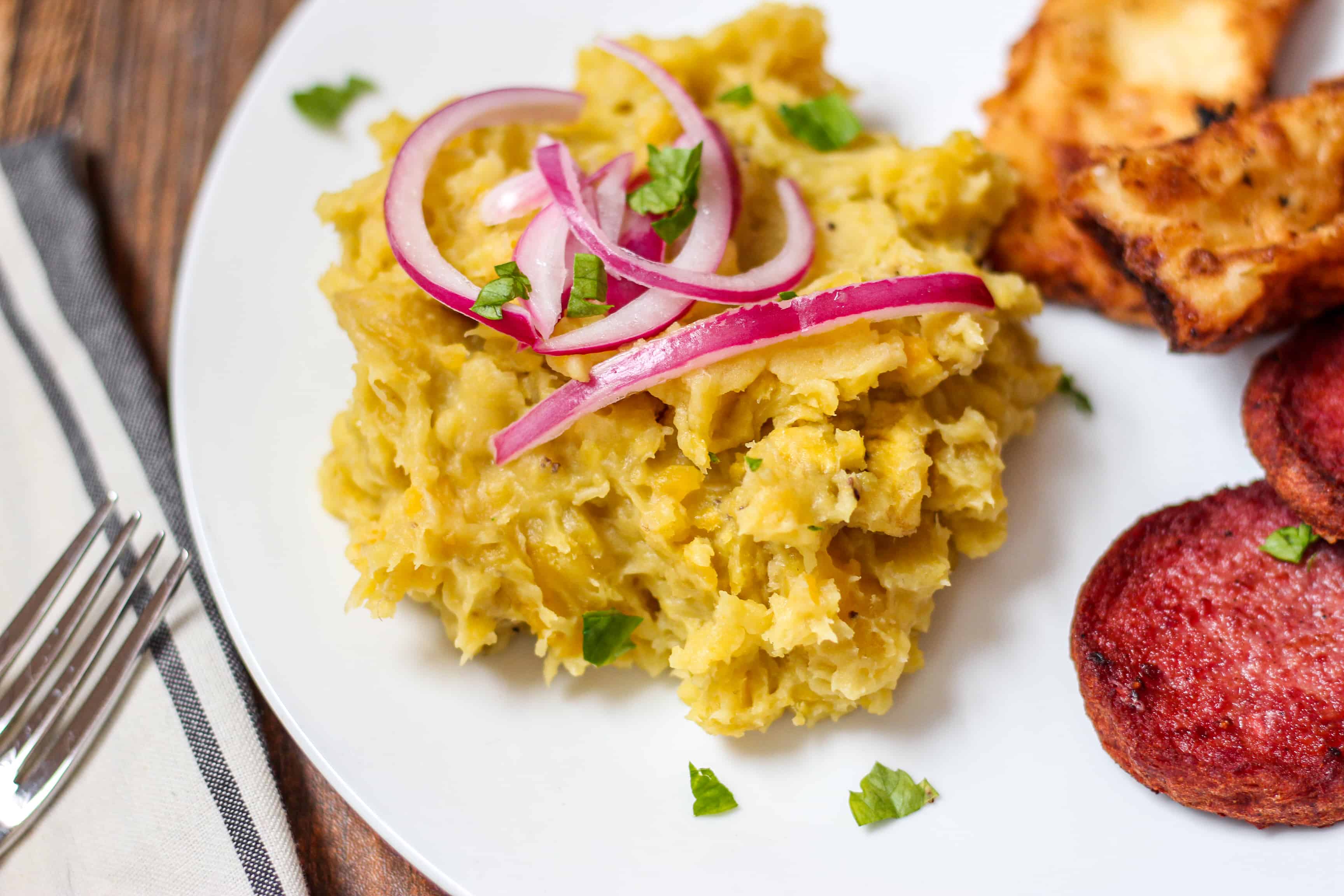La Comida en la República Dominicana

This last January, I was able to travel to Punta Cana in the Dominican Republic during winter break for two weeks. Along with my fiancé and a few of our friends, we had an amazing time! The start of our trip was a bit bumpy…long story short, we got upgraded to a much better Airbnb for our second week. This made week two feel so much more like the tropical vacation we envisioned. Just a five minute walk from the beach, we soaked up the dreamy 80 degree weather and enjoyed some amazing Dominican food!
Dominican Culture
The culture of the Dominican Republic is predominately European, as Santo Domingo was the first European settlement in the New World in 1493. There are also some African and native Taino influences. The Embassy of the Dominican Republic writes that Europeans brought African people for slave labor soon after they settled there. The history of slavery contributes heavily to the culture of the region. One aspect this is seen in is the country's cuisine.
Mangu
Mangu (2017), a dish that originated during slavery times, is made with boiled bananas (mashed plantains). Originally called mangusi, this dish is served with breakfast and is often put together as an element of los tres golpes (the three “hits”). This meal of the three hits includes mangu, fried eggs, fried cheese, and salami or longaniza. Mangu is usually topped with pickled red onions as well, giving it a bit of zing.
Mangu is known as a comfort food for Dominicans. Chef Zee (2018) says “it’s the definition of growing up Dominican.” She also talks about how mangu is very personal. You can make mangu in a variety of ways. For example, some use butter and others use the sauce from the sautéed onions. But even more than this, mangu is a big part of tradition in the Dominican Republic. Many Dominicans can recall sweet memories with family when they eat mangu. Amaris Castillo (2016), a child of Dominican immigrants says: “A bite instantly transports me back to when I was a young girl with a bushy ponytail (still have this), seated at the dinner table in a Brooklyn apartment and delightfully chewing on plátanos—as plantains are called in Spanish.” Speaking of sweet, that brings me to another one of this regions favorite foods.
Bizcocho Dominicano
For those with a sweet tooth (me!!), bizcocho dominicano, or Dominicano cake, is just up your alley. This tropical cake incorporates sugar, eggs, butter, and vanilla and adds in pineapple, guava, and coconut to create a dreamy taste and texture. This cake originated with Spanish and African influence in the 15th century when Europeans brought in new ingredients and cooking techniques.
Dominicano cake is traditionally served at birthdays, weddings, and holidays. As a central aspect of these important events and traditions, this dessert, according to Jennifer Tirrell (2023), “symbolizes joy, celebration, and togetherness” and “is a testament to the vibrant and lively spirit of the Dominican people.”
I would definitely recommend the Dominican Republic to anyone looking for a cheap international vacation in a tropical paradise. The locals are very welcoming, kind, and helpful. And of course, the food is full of flavor and displays the rich culture of the region.

